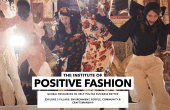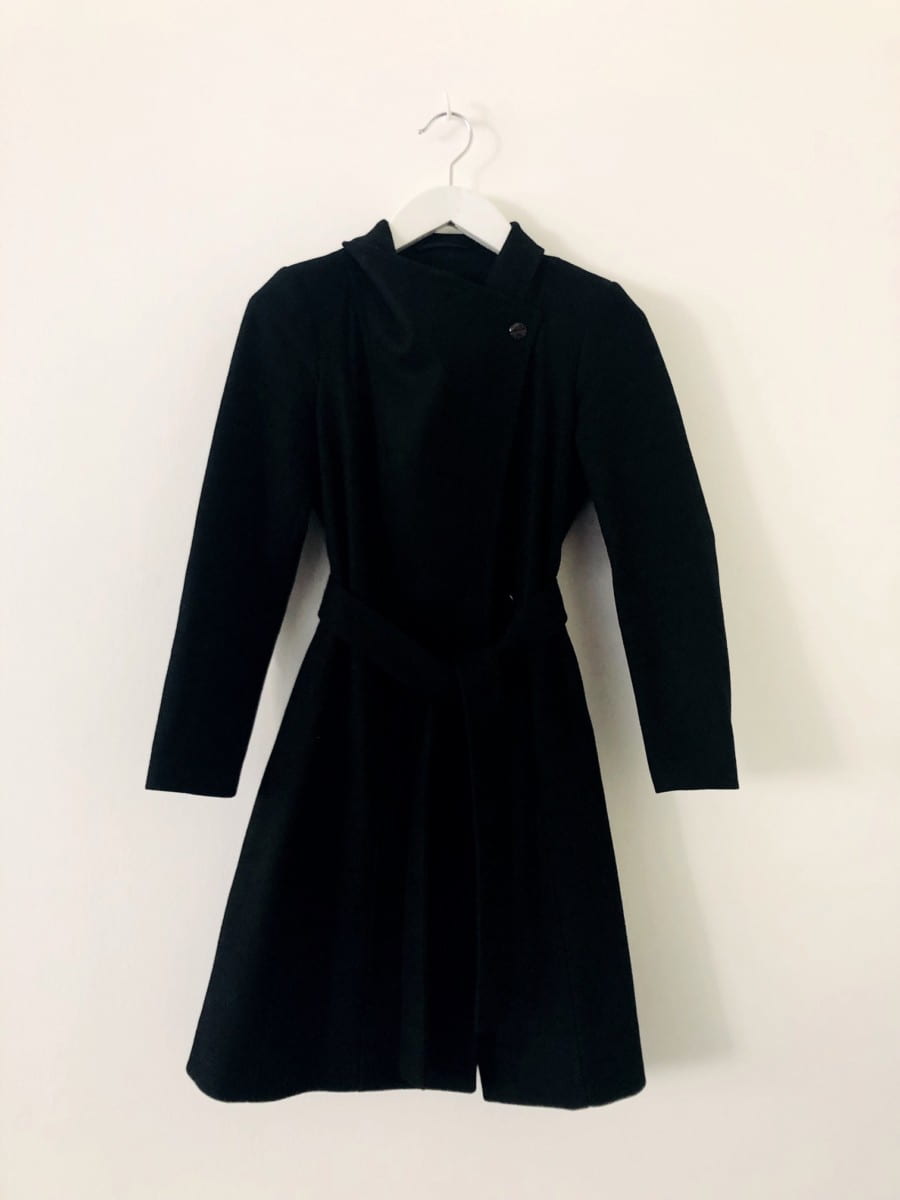Seoul, the South Korean capital, is increasingly seen as Asia’s fashion hub. With the Chinese economy slowing, Seoul’s potential as Asia’s key fashion market is rising.
Seoul boasts a staggering 9 million–plus inhabitants and the fourth-fastest growing luxury goods economy after India, China and Hong Kong.
In only a few decades, this capital has transformed itself from an impoverished city devastated by the Korean War to one of the world’s most affluent and technological destinations.
When I went to South Korea a couple of years ago, I was struck by the sophisticated retail and impressive architecture.
In May Karl Lagerfeld brought his Chanel resort collection to the city in the incredible Zaha Hadid-designed DDP building. Many other international designers such as Phillip Lim and Tory Burch have opened huge outlets in the city.

Image via Open Buildings. The Prada Transofrmer.
Although perhaps the most impressive architectural imprint left by the fashion industry is Prada’s collaboration with Rem Koolhaas to create the Prada Transformer, a 66-foot-high multipurpose building.
The way people dress in Seoul also seemed smart and tailored, giving the impression that presentation was something Koreans valued very highly.
This is certainly confirmed by the huge beauty industry. As I was walking down shopping streets I could see numerous cosmetic surgery clinics placed next to the usual apparel stores. It has been estimated by a BBC poll that around fifty percent of women in their twenties in Seoul have gone under the knife.
More widely speaking, South Korea is one of the world’s fastest-growing beauty and personal care markets, posting year-on-year growth of 5.8%, compared to 3.9% for the US and 2.1% for the UK, according to Mintel findings.

Image via a good article on The New Yorker about why South Korea is the world’s plastic-surgery capital.
Their interest in presentation extends to accessories. The German company MCM was taken over by Sungjoo Group, a South Korean retail business founded by Sung-Joo Kim. Kim re-launched the brand in 2006 and it has since prospered.
South Korea is also home to K-pop – so popular I remember it being played out of speakers on the streets – as well as huge TV soaps. Both the music and the TV are hugely influential across Asia. Basically, what the stars wear, the public want. So the Asian fashion industry is in large part driven by this Korean cultural backdrop
Thanks to is popular culture, huge beauty industry and technological focus, this Asian city is fast-becoming a globally recognized fashion powerhouse.




